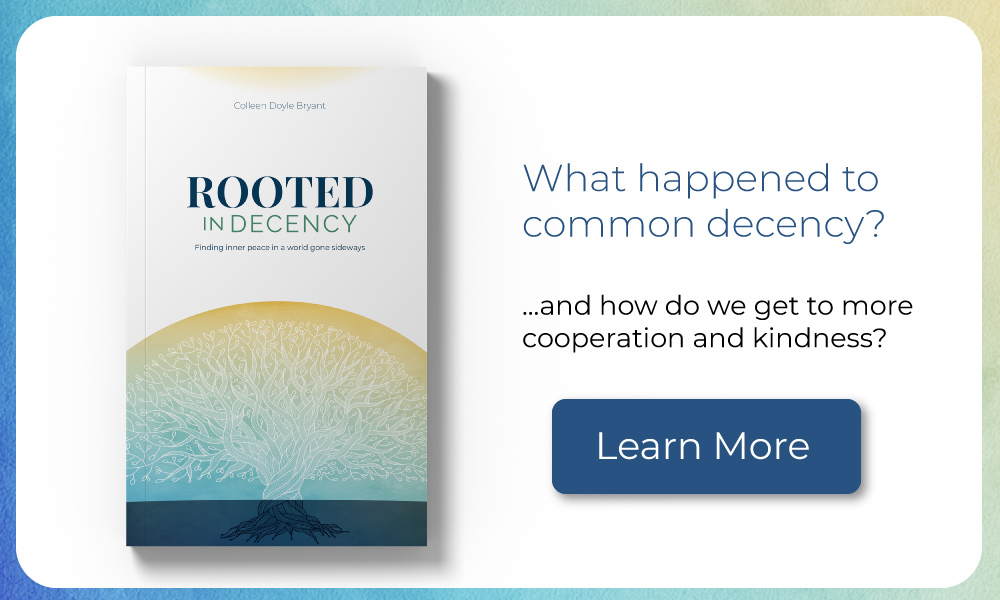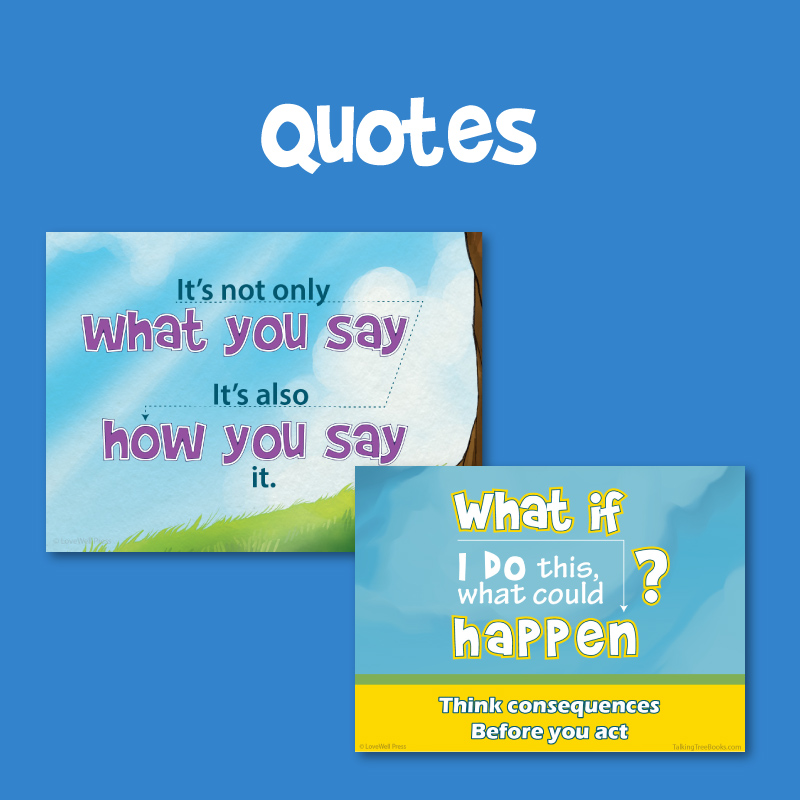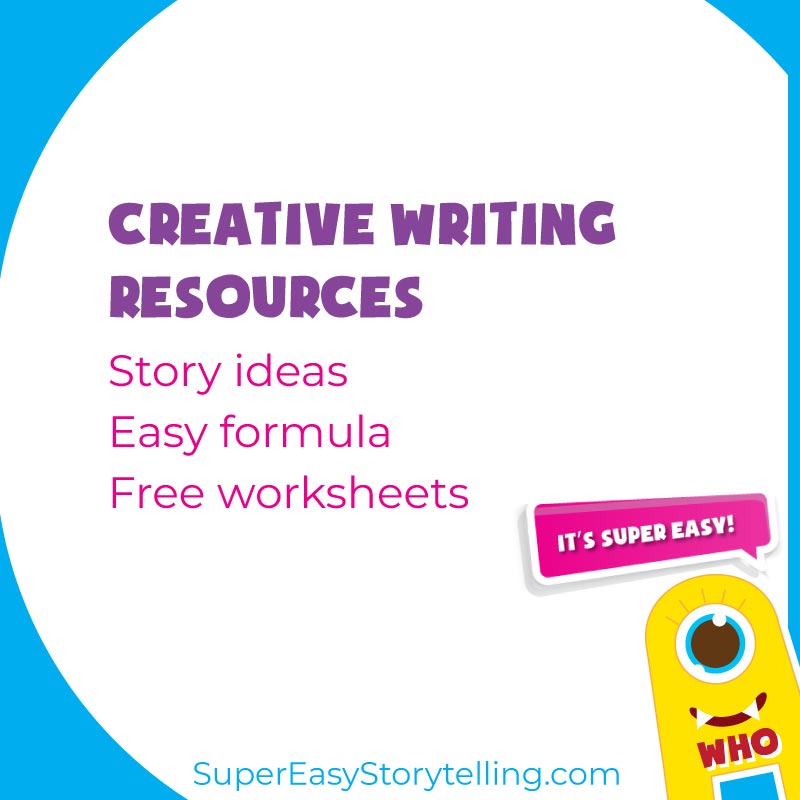3 Empathy Activities for Kids

Empathy is an essential social skill for life because it’s about understanding how other people are feeling or how they might feel in a given situation. Through empathy, we can predict how our actions may impact others—before we act. And when people act toward us, empathy skills can help us better understand what they’re doing and why. (See this definition of empathy for kids.) So empathy is an important skill to develop starting when children are young, because it helps children understand what’s happening around them and it offers clues that help them decide how to interact and get along with their friends, family, and teachers. As children grow up and go out into the world, a solid foundation in empathy can help them maintain positive relationships at work and in the community. Understanding how people feel is a core skill for everyone in a society where we strive to treat others the way we want to be treated. But how do you teach kids empathy?
Teaching empathy to children
With children, teaching empathy focuses on 1) interpreting how others feel and 2) trying to see other perspectives. We can start a child’s journey to build empathy by teaching them to read faces and body language so they can accurately predict others’ emotions. We can also help them understand that different people may feel differently, even in the same situation. These quick and fun activities are a great way to help children start to build social skills around empathy and seeing other perspectives.
Empathy Activity 1: Is it a 6 or a 9?

Step 1– For a quick lesson in understanding others’ perspectives, place a page on a table with the number 6 printed on it. (Download a print-ready “6” here.)
Step 2– Separate the class into two groups and have each group stand on opposite sides of the table so the number looks like a 6 to one group and a 9 to the other. Ask students on one side of the table what number they see, then ask the other students. One side will see a six, the other side will see a nine. Next, have the children switch sides, standing on the opposite side of the table to see the paper from the other group's perspective. Now what number does each group see?
Step 3– Discuss how sometimes people disagree, or don't understand each other, because they don’t see the situation from the same perspective. Teaching children to try standing on the other side of the table and to try seeing the situation in a different way can help them understand how others are feeling and open ideas to new ways of dealing with it. Seeing other perspectives is a core skill in building empathy and feeling more compassion toward other view points.
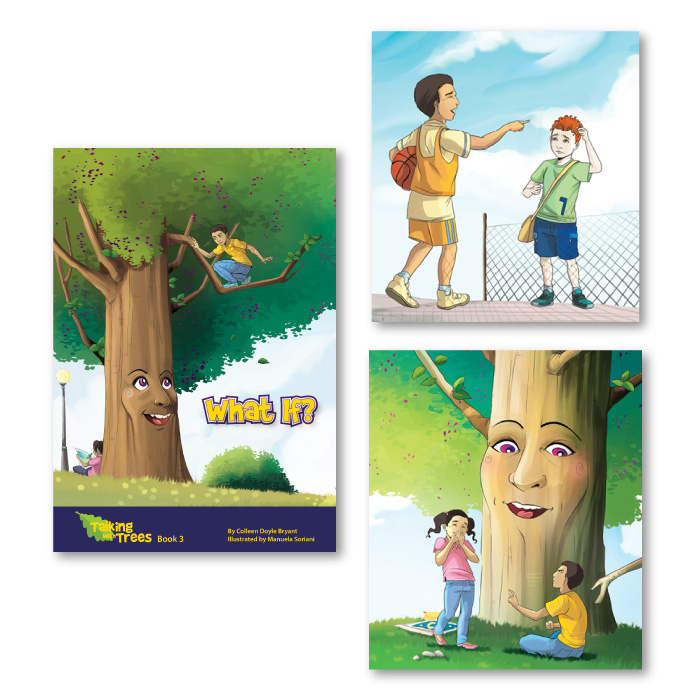
Empathy Activity 2: Reading facial expressions
Picture books are a great way to teach empathy because children can learn to read facial expressions and body language from the illustrations. Try the book “What if?”, a story about a young boy who learns to consider how his actions impact other people. Throughout the book, there are plenty of opportunities to discuss how the characters feel in each situation by reading facial expressions and body language. You can also use this Predicting Emotions Presentation or worksheet that highlights facial / body expressions from the book and helps children identify emotions.
To talk about empathy, use the scene in which one boy is pointing at another child and laughing (see images left). In the top image, discuss how each child is feeling. What are the different perspectives of the two children? Next move on to the lower illustration where the boy who was pointing in the top picture is now the one being laughed at. How does it feel to be teased when the table is turned? This activity helps children predict emotions and see that perspective changes depending on where you are in the interaction.
You might like to try the empathy lesson plan that goes along with What if?.
Empathy Activity 3: Video on good sportsmanship
This video shows a beautiful display of empathy by a youth sports team that just won the world championship in soccer. Despite their glee and success, they are moved with empathy for the other team and put aside their own celebration to offer comfort. It is empathy in action.
Find more videos that teach empathy in our Best of the Web Social Skills Videos.
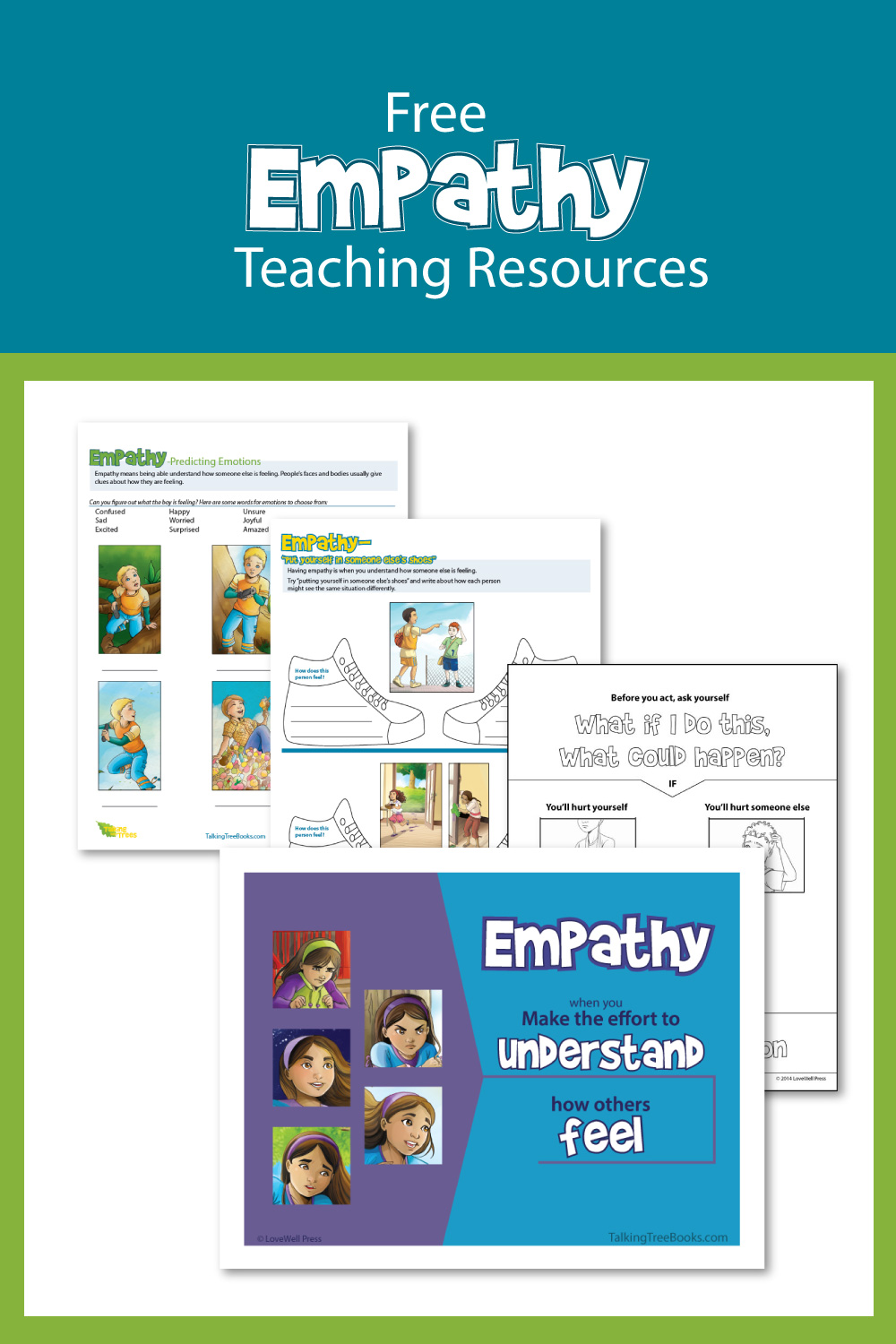
Empathy teaching resources
Haven't quite found what you're looking for? Explore this catalog of empathy worksheets, lessons, videos, songs.
Colleen Doyle Bryant
Colleen Doyle Bryant is the author of five books and more than 50 learning resources about making good choices for the right reasons. Her Talking with Trees series for elementary students and Truth Be Told Quotes series for teens are used in curricula around the world. Rooted in Decency, Colleen’s most recent release, written for an adult audience, explores how the decline in common decency is affecting wellbeing, and how we can build more trust and cooperation. Learn more at ColleenDoyleBryant.com

